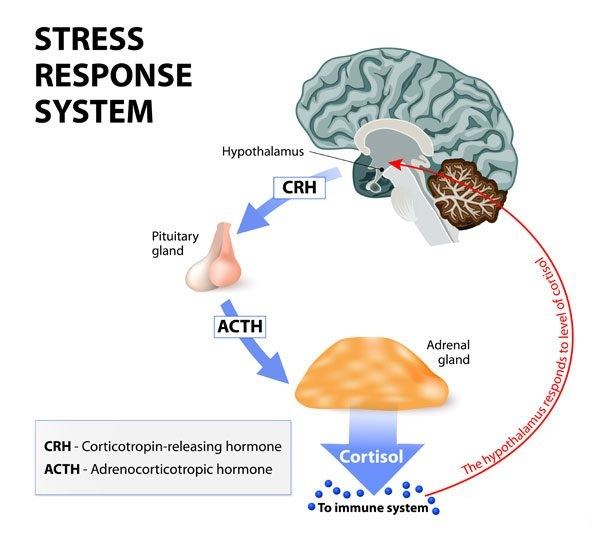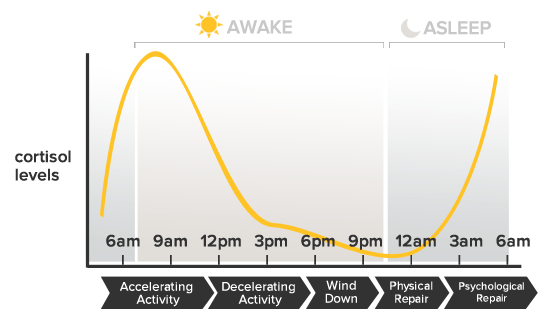So … I’m doing some thinking about cortisol. A hundred different bits of information about how it’s useful and how it’s not useful, how we need it in this capacity and it’s a problem in that one. But how is it actually broken down / removed from the body? Or does it just degrade naturally within the body and then get re-formed by the adrenal cortex in response to impending daylight, stress and other factors?
ETA: I’m fascinated by hot flashes. (Ok, I admit, “Fascinated” is not the first adjective I’d use, but it is one of them.) I feel a very specific sensation in my solar plexus at the onset of a hot flash. It’s somewhat similar to an adrenaline rush but not the same, and it has the same Big Onset - gradual reduction over 5 minutes or so - quality of an adrenaline surge. Wondering what hormone this is. Suspected cortisol except for the rapid decline/breakdown aspect.


